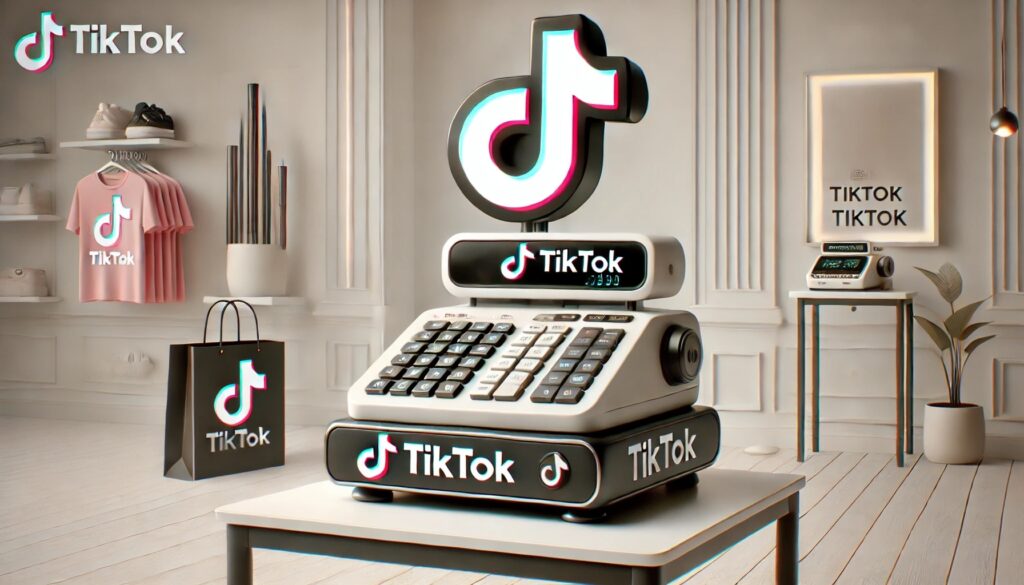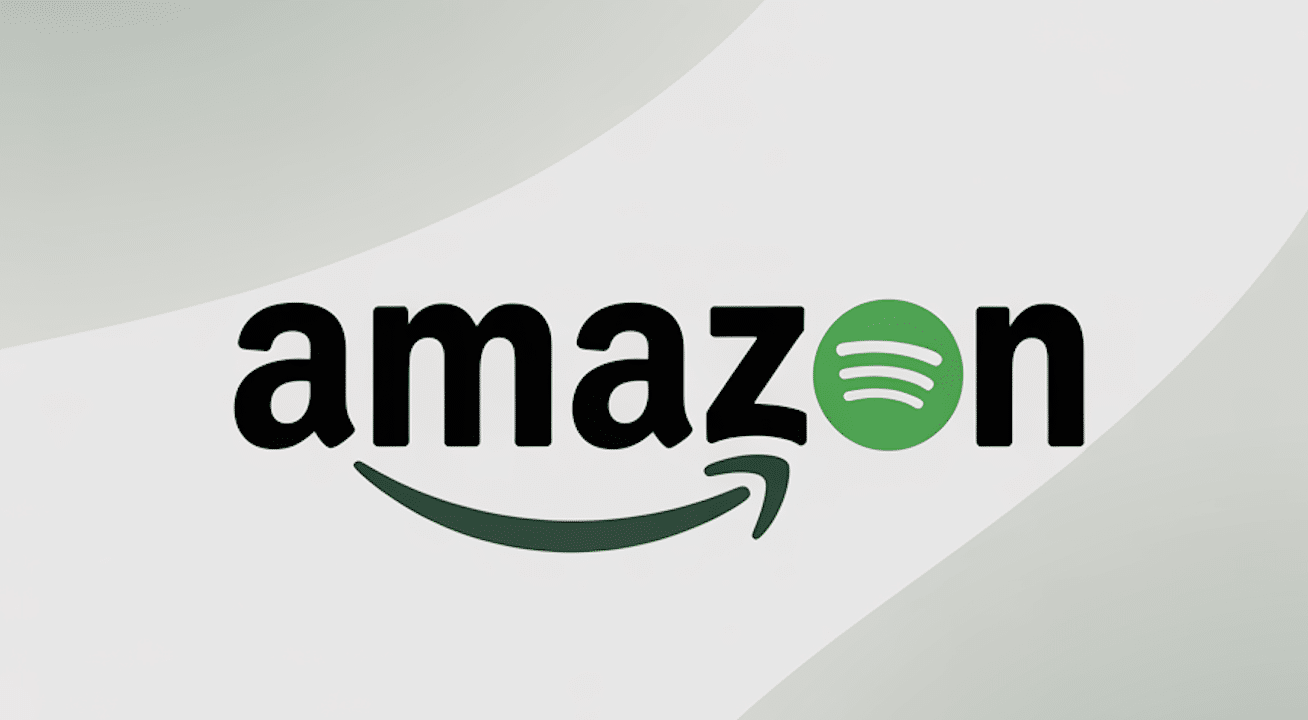Closing the Loop: Converting Social Media Followers into Amazon Customers

Over the past few years, social commerce has transformed the way Amazon sellers do business. With the explosive growth of social media and mobile platforms, there’s never been a better time to promote your products and connect with today’s digital-first shoppers.
Smart Amazon brands are tapping into the power of platforms like Instagram, Facebook, TikTok, and Pinterest. They’re using creative product showcases, targeted social ads, and influencer partnerships to build brand awareness, spark interest, and ultimately boost sales.
Looking ahead to 2025, brand entrepreneurs need to think beyond a single platform. To really maximize your brand’s reach and sales potential, you might want to take a close look at using social commerce to sell on Amazon, Walmart, AND TikTok.
Each of these platforms brings something different to the table—Amazon’s massive global reach and fulfillment power, Walmart’s growing U.S. customer base, and TikTok’s unmatched viral energy for creative engagement.
When you combine all three as part of an omni-channel marketing strategy, you are meeting your customers wherever they prefer to shop. That’s how to set yourself up for success.

What is Social Commerce?
Social commerce blends social media and online shopping, allowing users to discover, engage with, and buy from brands all in one place. Key activities include:
- Product Discovery: Shoppers can explore products through social media feeds, ads, or influencer suggestions.
- User Engagement: Consumers interact with brands by commenting, liking, or sharing posts, creating a more interactive shopping experience.
- Direct Purchases: Transactions happen right on platforms like Instagram, Facebook, TikTok, and Pinterest, without the need to visit external websites.
Ready to Start Growing Your Amazon Brand?
Canopy’s Partners Achieve an Average 84% Profit Increase!
Find out moreAmazon’s New Partnership With Meta Connects the Dots for Sellers
Amazon and Meta’s recent partnership allows users to link their Facebook and Instagram accounts to Amazon’s marketplace. That connects a lot of dots for shoppers (and sellers).
By enabling the sharing of invaluable customer data for ad targeting, the partnership between Amazon and Meta has thrown open the door to full-throttle, foot-on-the-gas-pedal e-commerce.
This is something that looks like it’s going to have the potential to move the bar for a lot of Amazon sellers.
With – at least – one fewer click before reaching the Amazon Buy Box, it’s going to greatly simplify the purchase process and is bound to elevate conversion rates across the board.

TikTok Shop: A New Era for Social Commerce
TikTok has been very busy over the last 12 months. Recently, TikTok launched its highly anticipated Search Ads Campaign. At first glance, it appears ready to revolutionize how brands interact with users through intent-driven search queries.
For a lot of Amazon sellers, TikTok has become a sort of early warning system for potentially viral e-commerce trends. Its meteoric rise has firmly established it as a go-to platform for product discovery, engagement, and now, streamlined purchases.
Recent updates to TikTok’s features, particularly with the TikTok Shop, have elevated the platform’s ability to drive online sales and convert social media engagement into real revenue.
The platform has introduced a suite of new tools to support sellers, including enhanced shoppable video features, live shopping events, and seamless product integration directly within content.
More than a few of Amazon’s top sellers are now looking at TikTok – and the virality inherent in the platform – as a way to take a BIG shortcut around the potentially time consuming and expensive brand building required to gain social proof on Amazon’s marketplace.
Here’s a quick rundown on TikTok’s e-commerce offerings:
TikTok Shop Integration
TikTok Shop has become more powerful with enhanced integration for businesses, allowing sellers to create a digital storefront directly within the app. This creates a frictionless shopping experience, where users can browse, add products to their cart, and check out without leaving TikTok’s ecosystem.
For Amazon sellers, TikTok Shop opens new opportunities to meet customers where they already spend their time and drive traffic back to their Amazon listings.
Enhanced Shoppable Videos
TikTok’s recent updates to its shoppable video feature allow brands to tag products directly within videos, making it easier than ever to convert views into purchases. These shoppable videos can showcase product usage, reviews, or even influencer collaborations, blending entertainment with shopping.
Live Shopping Events
Live shopping is another massive trend that TikTok has embraced. With live-streamed events where hosts demonstrate products in real-time, answer questions, and offer exclusive deals, Amazon sellers have a powerful tool to drive urgency and sales during high-traffic times like Prime Day.
By leveraging TikTok’s evolving marketplace capabilities, sellers can drive traffic from social platforms back to their Amazon listings, creating a seamless omnichannel experience that enhances discoverability, engagement, and conversions.
Want to Find Out More About TikTok Shop??
Canopy’s Partners Achieve an Average 84% Profit Increase!
Let's Talk5 Key Social Commerce Strategies
Social media platforms like TikTok, Instagram, and Pinterest have become a daily destination for product discovery and inspiration for today’s consumers. As an Amazon seller, you need to tap into these powerful social channels to drive awareness of your brand and products.
With strategic social commerce initiatives, you can connect with customers beyond just your Amazon presence. This opens up new opportunities to grow awareness, engagement, and sales.
Here are five ways that social commerce can help you reach customers:
1. Increase Discoverability Through Hashtags and Influencers
Leverage popular hashtags and connect with influencers on your preferred social media platform to get your products in front of interested audiences.
When users are browsing topics like #amazonfinds, #shopthelook, or #musthaves, or following influencers in your niche, your branded posts have the potential to capture attention and drive traffic. Develop a hashtag strategy for your social media apps that includes a mix of branded, product-specific, and trending hashtags to maximize your reach.
Collaborating with influencers who align with your brand values and have a strong following in your target market can greatly amplify your message. Influencer partnerships, such as sponsored posts, product reviews, or takeovers, can introduce your products to new audiences and build trust through authentic endorsements.
For example, TikTok’s Creator Marketplace is designed specifically to streamline collaborations between brands and TikTok creators for paid partnerships and influencer marketing campaigns.
Influencers might have a global reach, or have a specific niched-down audience. Although their follower count is smaller compared to macro-influencers or celebrities, micro-influencers’ narrow, specific area of expertise or interest, high engagement rates, cost-effectiveness, and targeted audience has made them a particularly effective element of influencer campaigns.
2. Encourage Social Sharing and Peer Recommendations
User-generated content (UGC) and peer recommendations are highly trusted forms of social proof that can propel sales. Make it easy for happy customers to share their purchases on social media through share buttons, tags, and messaging on your social media platforms.
Encourage customers to tag your brand, use branded hashtags, and share their experiences with your products. Incentivize social media influencers – and customers – to create and share content by running contests, offering rewards, or featuring their posts on your brand’s social media channels.
The more your products are organically shared and recommended by real users, the more likely new shoppers are to discover and trust your brand.
3. Provide an Omnichannel Experience
Meet customers where they already spend time online by enabling seamless shopping through social platforms. From shoppable posts to integrated stores, social commerce allows for browsing, checkout, and payment without leaving apps like Instagram, Facebook, or TikTok.
This omnichannel approach reduces friction in the buying process and caters to users’ preference for convenience. Use features like Instagram Shopping, Facebook Shops, and
TikTok’s shoppable videos to showcase your products directly within social content.
Tag products in your posts, stories, and live streams, enabling users to easily access product information and pricing. Integrate your ecommerce platform with social channels to ensure a smooth transition from discovery to purchase, minimizing abandoned carts and increasing conversions for your online store.

4. Engage Through Interactive and Immersive Content
Create interactive and immersive social commerce experiences that captivate potential customers and drive engagement. Utilize features like Instagram Reels, TikTok videos, and Facebook Live to showcase your products in action, provide tutorials, or host Q&A sessions.
These dynamic formats allow you to tell compelling brand stories, demonstrate product benefits, and connect with your audience on a more personal level.
For a next level experience, implement augmented reality (AR) filters or virtual try-on to enable users to visualize themselves using your products. This immersive technology enhances online shopping, builds confidence in purchase decisions, and sets your brand apart from competitors.
By creating interactive and engaging content, you can capture the attention of new shoppers and leave a lasting impression.
5. Leverage Social Listening and Customer Insights
Use social listening tools such as Sprout Social, Brandwatch, or BuzzSumo to monitor conversations, trends, and sentiment related to your brand, products, and industry. They’re a critical component of targeted social commerce and a successful influencer marketing campaign.
Tracking mentions, keywords, and hashtags helps you to gain valuable insights into what potential customers are looking for, their pain points, and their opinions on your brand and competitors.
Use these insights to inform your social commerce strategy, product development, and customer service. Identify opportunities to engage with potential customers, address their concerns, and showcase how your products solve their problems.
Make sure to listen and respond to social conversations to better demonstrate your brand’s commitment to customer satisfaction and build trust with new shoppers.
How Canopy Management Can Help
For Amazon-native brands, implementing social commerce is a critical piece of an omnichannel sales strategy. Relying solely on Amazon’s internal traffic is no longer enough in today’s competitive marketplace.
Embracing platforms like Instagram and TikTok provides new avenues to creatively engage shoppers, drive product discovery, and increase sales velocity for listings. The bottom line – consumers want to discover and purchase products through social channels.
Forward thinking Amazon sellers are getting ahead of this shift by proactively reaching out to top omni-channel agencies for help building their brands on social networks.
If you’re looking to future-proof your business and amplify your e-commerce brand’s staying power and profitability, it’s time to reach out to Canopy Management.
Canopy Management is a full-service marketing agency for Amazon, Walmart, and TikTok sellers. Our team consists of multi-million dollar, omni-channel entrepreneurs, industry leaders, and award-winning experts.
Ready to Start Growing Your Amazon Brand?
Canopy’s Partners Achieve an Average 84% Profit Increase!
Find out more

